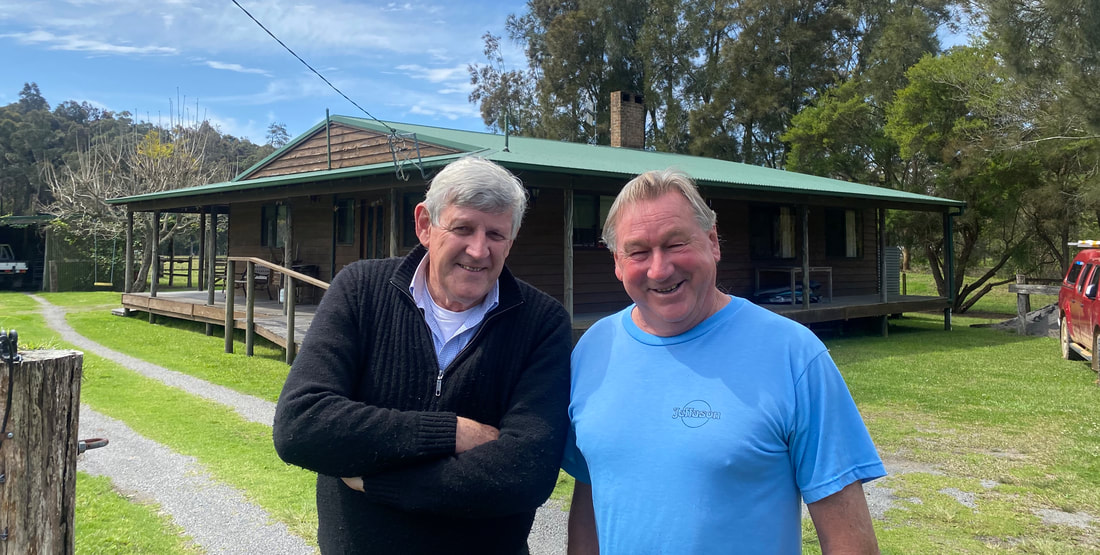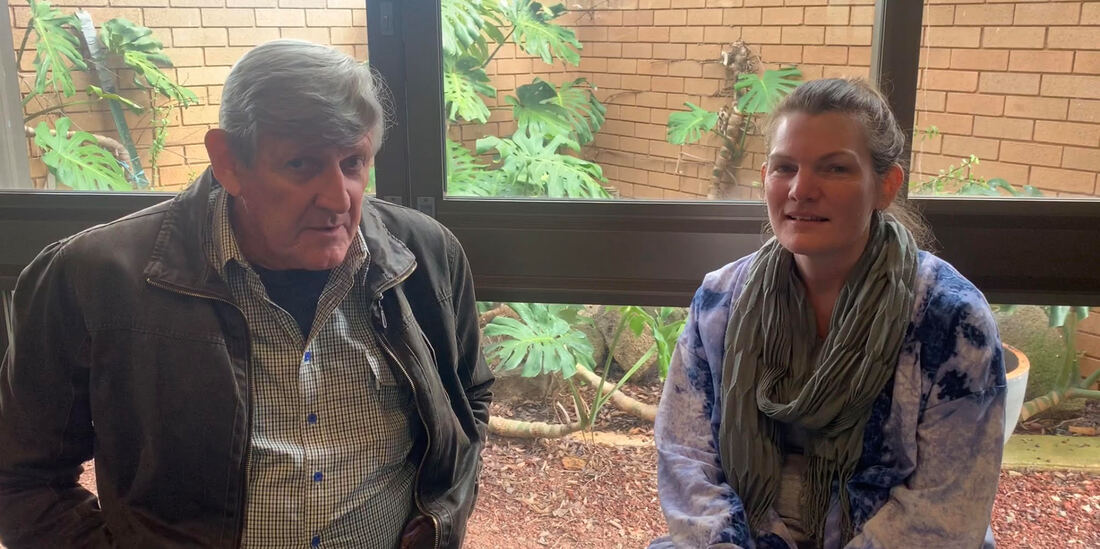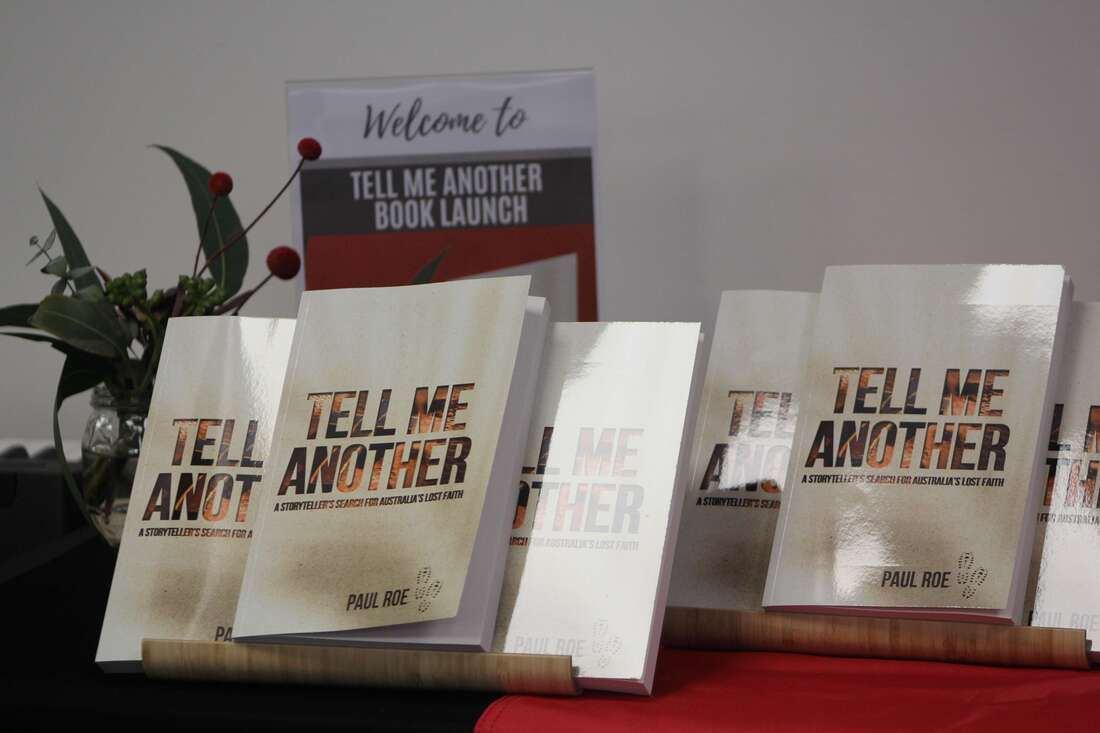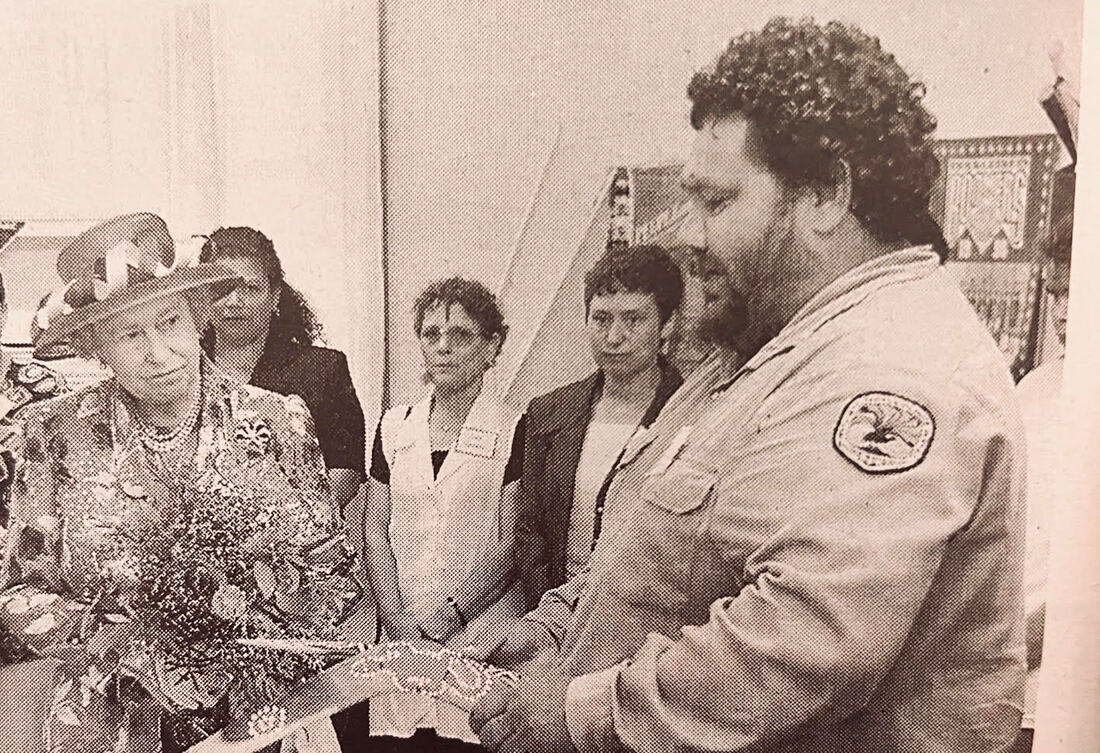|
The Bush Missionary Society began in 19th century Sydney with a handful of boys reaching out ten miles to Coogee and Five Dock – the remote bush as it was then. Les Stewart stretched the thinking and the boundaries of the mission first to Western Australia and then asked his board’s permission to venture 12,000 km to Siberia, Central Russia and Uzbekistan. Now that’s really going bush!
Les wasn’t daunted by the physical challenge, but more by the fact that the autocratic regimes of these countries resist the Christian message. But his heart heard these oppressed Christians calling for help. Here he tells heart-stopping stories of the way he negotiated his visits there to teach hungry congregations.
0 Comments
The villages at Burrill Lakes and Termeil made headlines when they were caught in the holocaust of 78,000 hectares of bush ablaze in 2019. Les Stewart was trapped in a creek bed with fire all around, his clothes smouldering, trying to defend his homestead, when his son arrived in a water-tanker and hosed him down.
It was a narrow escape, but not the first for the man singer/song-writer Colin Buchanan christened, ‘The Bishop of Burrill.’ Les is a surfer, a horseman, a bikie and a preacher. More than anything, this bushman is a doer. Most of his life has been given in the service of people in remote places as a leader in the Bush Missionary Society. I learned from him that this grew from the initiative of a handful of teenage boys back in the 1850’s, taking simple leaflets explaining the Christian faith to isolated people on the fringes of Sydney. In a short time, missioners in horse-drawn vehicles were travelling all across NSW, an area four times the size of the United Kingdom, connecting to families and itinerants on lonely back-country properties. Robyn and I sat in a palliative care room last week and witnessed first hand the two nurses ministering to our friend and her family. “This is our passion” one of them told us. That affirmation echoed what I heard in the voice of Katherine, a paediatric care nurse in Wagga, a few weeks earlier.
The historian in me couldn’t help seeing behind these kind women, the figure of Florence Nightingale, who almost single-handedly transformed the role of nurses in the hospital in Scutari during the Crimean War of 1852-56. Others had gone before her but this Christian woman made caring a world-wide calling – a true profession. My Dad taught me to follow the instructions Jesus gave to Peter on the beach in Galilee about fishing. ‘Push your boat out into the deep and throw your net on the other side.’ It’s been an operating principle in my life for decades. In the past couple of months, I’ve been launching my book Tell Me Another out into the unknown feeling probably a bit like Peter, that this is a rather risky strategy. Fortunately, the Master of seas has been in control of the enterprise.
“We have our differences, but it's always a challenge to see with your heart.”* That’s the voice of my friend Phil Sullivan. He speaks as an elder of the Ngemba people of the Darling River country of North Western NSW and also a member of the community of Bourke. He’s big and hearty, respectful and forthright when he tells the stories of his home territory - the good, the bad and the redeemed. He met Queen Elizabeth when she and Prince Phillip came to Bourke in 2000. Here you’ll hear him, ‘seeing with his heart’ as he recalls that day. * Sullivan, Phil. Australian NationalGeographic, No.90 April/June, 2008, p. 81. Photo courtesy of The Western Herald, Bourke. It was 8th October 1792. After 6 months mostly packed below decks, guards ferry 49 female convicts and 297 male convicts from the ship Royal Admiral to the shore of Botany Bay. Among them, 15-year-old Mary Haydock finds time to write a letter home telling her aunt that the Governor had told her she was in for life, not the seven years sentence she had been expecting. In spite of this shock and finding herself 10,000 km from England, the young girl determined, ‘I will make myself as happy as I can in this unhappy situation.’
Mary’s simple words became reality in striking fashion. Orphaned at two-years-old, Mary was raised by her grandmother, educated and regularly taken to church in Bury, Lancashire. Unhappy in service as a housemaid, she ran away disguised as a boy. The thirteen-year-old was caught attempting to sell a stolen horse, sent to gaol and narrowly escaped the gallows with a 7-year sentence to Botany Bay. The fact that she maintained the pretence of being a boy until after her trial, says a lot about her pluck. |
AuthorJoin The Outback Historian, Paul Roe, on an unforgettable journey into Australia's Past as he follows the footprints of the Master Storyteller and uncovers unknown treasures of the nation. Archives
October 2023
Categories
All
|
|
Sponsored by
|
Privacy Policy
|
|
Copyright 2020 by The Outback Historian
|
Site powered by ABRACADABRA Learning
|







 RSS Feed
RSS Feed

